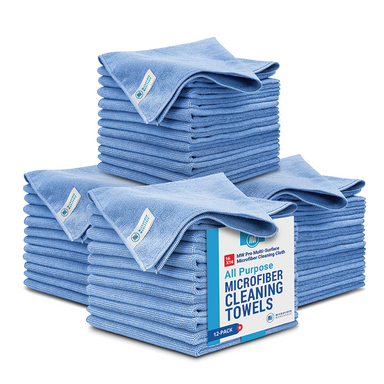Are you tired of feeling like you're just winging it when it comes to cleaning your kitchen appliances? Do you suspect that the "right way" to clean things was never really taught to you… or maybe you just weren’t paying attention when your parents tried to teach you as a kid, and you had 1000 things better to do?
Let's face it, when we were younger, cleaning the kitchen was not exactly at the top of anyone’s priority list. We were probably more concerned with playing video games or running off to hang out with our friends. So, when our parents made us help clean the refrigerator or other appliances, we barely listened and half-heartedly scrubbed, never considering that someday we’d be the adults responsible for getting it right and eating out of a stinky fridge if we didn’t.
If you found your way to this page because you are finally ready to pay attention and deal with the consequences of our past lackluster efforts, you’re in luck. Here’s the ultimate guide, written by me, Melissa Homer, an expert with over 20 years of professional cleaning experience.
I'll reveal the tricks of the trade professionals use to deep clean appliances with speed and safety. With these tips, you'll finally know how to clean all your kitchen appliances the RIGHT way, once and for all.

















